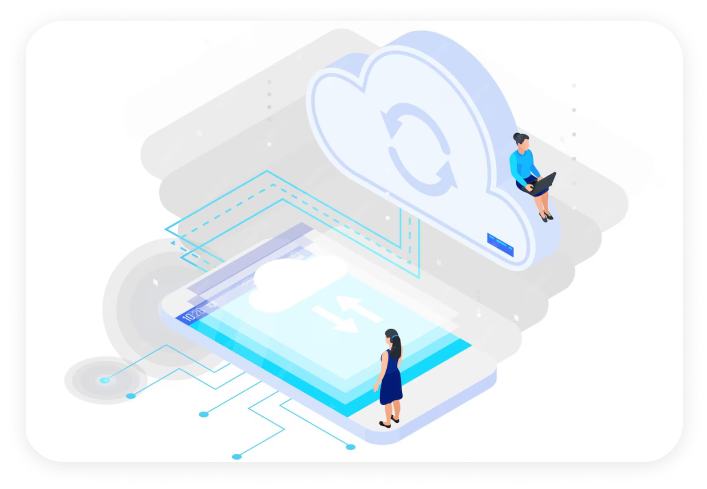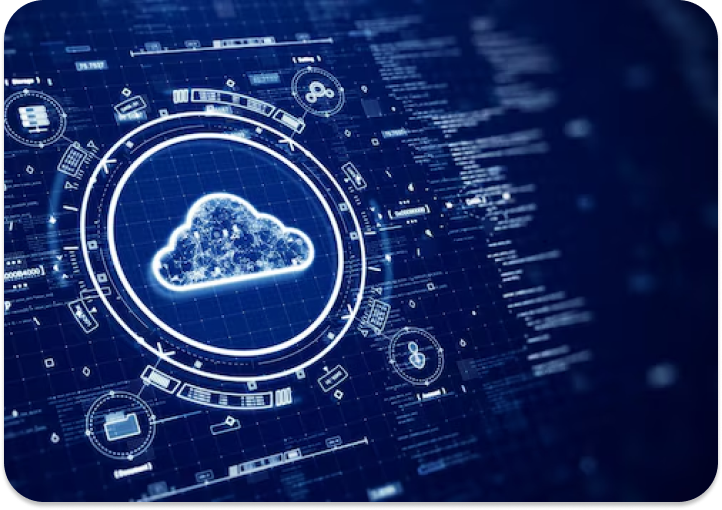Modernization is important
Why Modernize Your
Applications?
Legacy applications often pose challenges such as outdated infrastructure, security vulnerabilities, and hindered scalability. Our modernization services address these pain points, allowing you to unlock new possibilities, enhance user experiences, and achieve operational efficiency.

Application
Modernization
Benefits
Experience a significant boost in application performance and agility by leveraging the latest cloud technologies. Our modernization services optimize code, infrastructure, and processes for seamless operation in cloud environments.
Move away from costly maintenance of outdated systems. Modernized applications not only reduce operational costs but also optimize resources, ensuring you pay only for what you need.
Stay ahead of security threats with modernized applications fortified by the latest security protocols. Achieve and maintain compliance standards effortlessly, providing peace of mind for your business and customers.
Prepare your business for growth by modernizing applications that can seamlessly scale with your evolving needs. Cloud-native architecture ensures adaptability and flexibility.
Our Approach to Modernization
Our approach begins with a thorough assessment of your existing applications and understanding your specific business requirements. We tailor our modernization strategy to align with your goals, ensuring a customized and effective transformation journey.
We believe in minimizing disruption to your operations. Our incremental migration approach allows for a phased modernization, ensuring a smooth transition without affecting your day-to-day business activities.
Modernization is an ongoing process. We provide continuous support, monitoring, and improvement to ensure your applications evolve in tandem with emerging technologies and industry best practices.

Case Studies Driving D3V Excellence
Explore the ways D3V turns vision into value solving tough problems and driving concrete outcomes for organizations worldwide.
Customer Success
Projects delivered on time
Certified experts

What our clients think about us.
Clients who trust us











